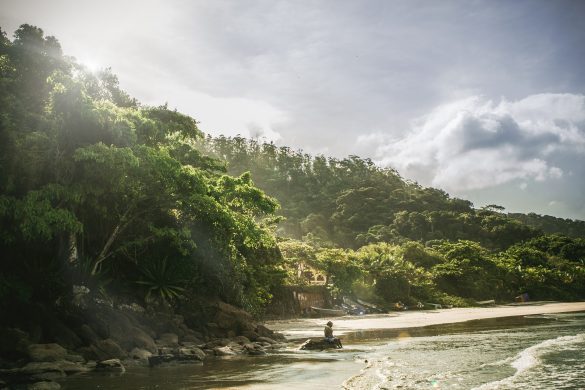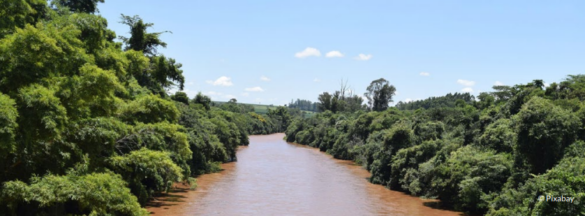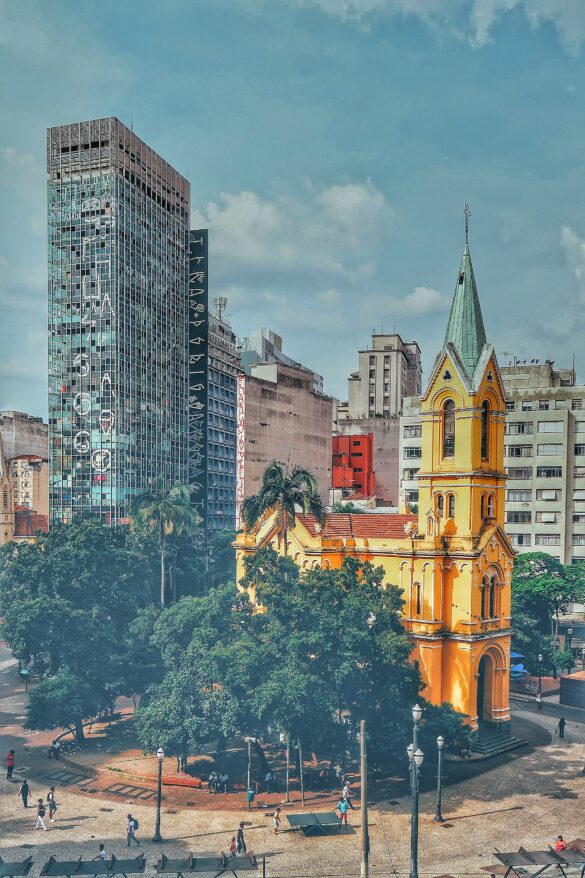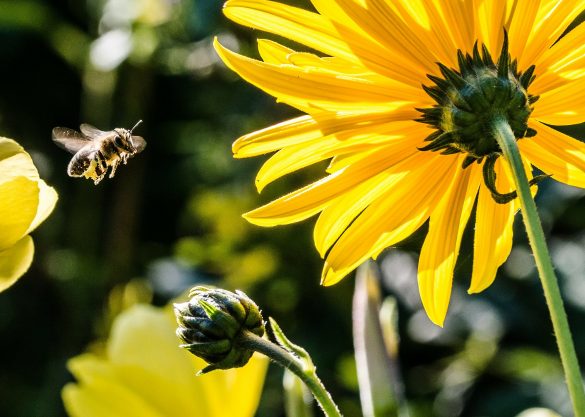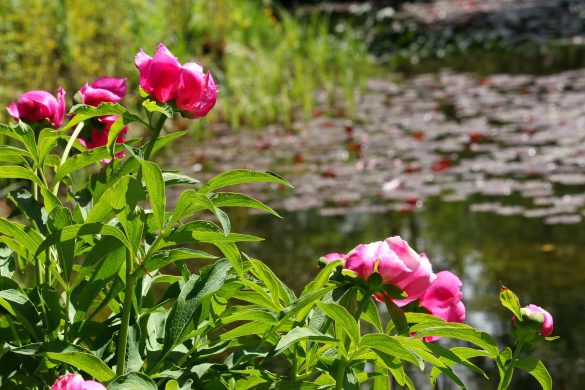Largest restoration initiative in the State protects and conserves water resources and biodiversity
Brazil is one of the 20 countries most exposed to climate change risks, and the State of São Paulo is particularly vulnerable to climatic vulnerability associated with precipitation and seasonal events. In 2009, the State passed an ambitious law that instituted the State Policy on Climate Change (SPCC), which sought to establish the State´s commitment to the challenge of global climate change, present the conditions for climate change adaptation, as well as contribute to the reduction or stabilisation of greenhouse gas concentrations in the atmosphere. Then, between 2013 and 2015, São Paulo suffered its most extreme drought in years. In fact, it was the worst drought ever recorded, and it led to a serious water crisis in the region. This was not only because of low precipitation rates, but also because of a growing demand for water, mainly in the big metropolitan areas due to huge population growth.
Addressing these challenges, the State government developed the Water Springs Programme (Programa Nascentes), formerly known as the Riparian Forest Programme (Programa Mata Ciliar). Established in 2014, the Program has the basic objective of expanding the protection and conservation of water resources and biodiversity, by
- Optimising and directing public and private investments for the protection and recovery of riparian forests, springs and water sources;
- Protecting aquifer recharge areas;
- Increasing the coverage of native vegetation in springs, especially upstream of catchment points for public supply; and by
- Native tree plantations and improvement of the management of productive systems in basins forming water sources.
In 2015, the scope of the program was expanded. Another important objective was inserted: the contribution to the conservation of water resources aiming at public safety. Another fundamental purpose incorporated was the conservation of water resources in rural and urban areas, aimed at ensuring the multiple use of water, prioritising public supply. In 2017, the Program was reorganised and the Bank of Available Areas for Restoration (Banco de Áreas Disponíveis para Restauração) was formally established. In addition, two more instruments were introduced: The Computerised Restoration Support System (SARE) and conversion of fines.
The programme brings together a wide range of different stakeholders, such as public and private companies, public authorities and civil society. Since 2015, it also has a Management Committee which is comprised of 12 different government entities, having the Secretariat for the Environment as the Executive Secretariat of the Program. The responsibilities of this committee are:
- Exercise superior coordination, to approve and follow the development and implementation of the annual Plan of Action;
- Define the scope of the Water Springs Programme
- Define the priority areas for intervention
- Periodically evaluate the results achieved by the Plan of Action; and
- Disseminate the results achieved by the Plan of Action.
How does the Program work?
Among the instruments of the Nascentes Program stand out the Bank of Available Areas for Restoration and the Projects’ Shelf.
The Bank of Available Areas for Restoration has the objective of providing areas located in public and private properties and Protected Areas for ecological restoration carried out by third parties. It was made available through a statement made by the owner in the Rural Environmental Registry (CAR) or directly by the agency responsible for them: ITESP – Foundation of Land Institute of the state of São Paulo (in the case of rural settlements) and Forest Foundation or Forest Institute (in the case of state Conservation Units). There are more than 110,000ha registered for restoration.
The Projects’ Shelf represents the most practical way to meet obligations and promote restoration. It is composed of 38 ecological restoration projects ready for hiring (in a total of more than 1.452,53 hectares for restoration), with a location and restoration strategy defined and with the consent of the owner to carry it out. The projects are proposed by companies or NGOs that work in the field of ecological restoration according to the guidelines provided and are already approved by the Secretariat for the Environment.
In 2016, the Water Springs Program started to use the Computer-based Support System for Ecological Restoration (acronym SARE in Portuguese) to follow up the projects. In SARE, all the projects are geo-referenced and the methodology used and the implementation and monitoring schedule are recorded, an important advance in terms of accuracy and reliability of data, besides being a useful tool for generating the panorama of restoration in the state and for the planning of future actions.
Obtained results
The first phase of the programme had the goal to restore an area of 4,000ha and plant 6.3 million seedlings. After reaching this goal, the second phase included 7,000ha restoration area and 9 million seedlings planted, which in turn was also reached, so that the third phase of the programme aims to encompass 10,000ha restoration area and 16 million seedlings planted. The situation in May 2019 shows that this goal was surpassed already.

Up to May 2019, plantations were carried out in priority areas of 337 municipalities of the State:

Related links:
- https://www.infraestruturameioambiente.sp.gov.br/en/environmental-system-of-sao-paulo/nascentesprogram/
- http://www.programanascentes.sp.gov.br/
- São Paulo State Policy on Climate Change https://tinyurl.com/y5nkhb9s

